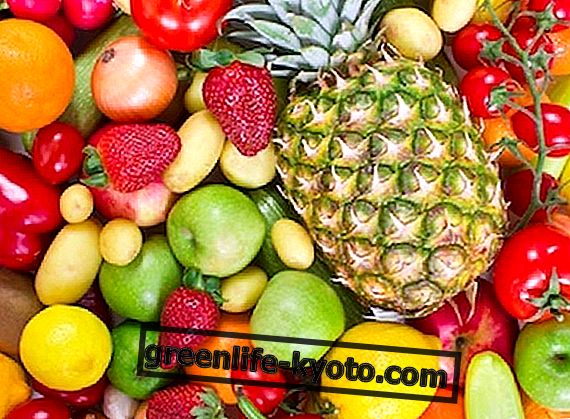
With technology, and therefore with the means of transport, on the rise and with the lowering of tariffs to meet all customer groups, the human being has never traveled so much as in our days .
Whether tourism, business or study, there are people who can take up to 50 airplanes a year, with everything that involves hours spent at the airport, changing time zones, jet lag, changing climate and food.
Who has not made the habit of this type of travel made of tens of hours suspended in flight and other hours in a more or less comfortable waiting room of plane, often encounters problems due to having eaten the wrong food or to have eaten the right food but at the wrong time .
This also applies to backpackers who decide to take long journeys by sleepers or by train. Let's try to face some of the most classic problems related to this topic and to discover some useful tricks to know.
Some food suggestions for those who travel often
Let's start by considering first of all that food sold to airports, airplanes, railway stations and bus stations is a real food disaster . Mostly they are pre-packaged snacks of very low quality, pre-frozen and thawed material for the occasion, junk food very rich in sugars and flavor enhancers.
It is no coincidence that businessmen who travel continuously are very often overweight .
> First of all, we should try to eat what we would eat at home, and I do not believe that at home we give ourselves fries and carbonated drinks for breakfast. In airports, looking good, we can always find fruit.
Fruit and nut-based foods provide fiber and therefore maintain good intestinal metabolism health.
> Regarding the drinks chapter, in which it is undoubtedly always better to prefer water, it is important to always remain hydrated without exceeding: drink regular small drinks . The reason? Better to be ready to take the train or the bus without having to escape to the bathroom. Especially if it is the type of bus without toilets that stops a few times during long journeys.
> Try to maintain regular meals and do not eat in excess or deprive yourself of one of the three main meals of the day . Try not to skip breakfast because you're in a hurry, or to treat yourself to a double snack. The body is a rather disciplined machine and is well adapted to habits. In this sense, it is also important to stay in motion during breaks . Walking is important.
> What we eat and when we eat it affects our circadian rhythm, which means that knowing some rules we can easily avoid jet lag. An example? When traveling, protein-rich foods are best suited for breakfast and those high in carbohydrates are better for dinner in the evening .
But here are some avant-garde studies that tell us that this rule works while we are traveling eastward, while it is to be reversed if we travel westwards.
Since most of the foods served are based on carbohydrates (pasta, bread, etc.) it will be good to remember this rule.
> Among cereals, barley seems to be the best in this sense, it helps to produce insulin and to easily reset the biological clock. Bring some in your hand luggage. If on the other hand we have problems with time zone and sleep regulation, we should adjust the level of melatonin and foods that contain cherries are actually the best .
> Juices and dried fruit will be fine. The same goes for goji berries and ginger .
> Traveling, even if you do it while sitting, takes so many physical and nervous energies and leaves us exhausted . Eating fatty foods, especially proteins combined with fats like fatty meats or rich in sauces, robs us of energy and makes us sleepy. In this case it is better to choose meats, or at least more dry protein sources, such as chicken breast.
> Finally we mention the kiwi, which seems to have shown some ability to regulate sleep; as well as green leafy vegetables ; the egg (however a suspect food in environments where pre-frozen and low-quality food is served), and finally, as was to be expected, chamomile.













